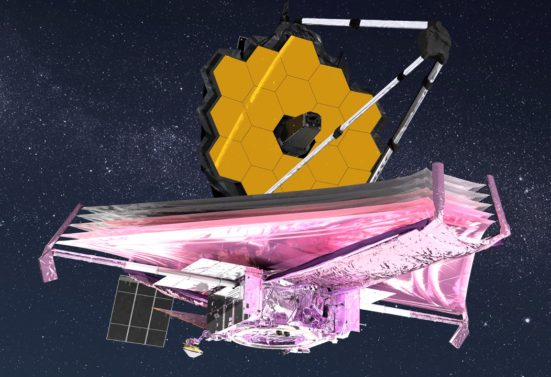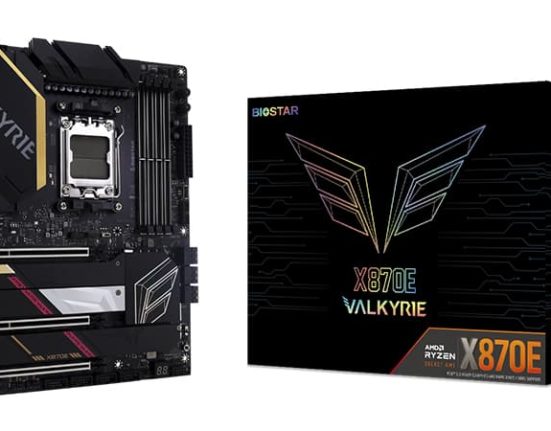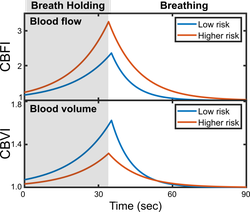
SpaceX has completed a static fire test of an all-new Falcon 9 rocket that will eventually carry the Crew 9 mission to the International Space Station. The static fire test and a “proof” mission were ordered for the rocket after it suffered moisture intrusion on its way from SpaceX’s McGregor Test Facility in Texas to NASA’s Kennedy Space Center in Florida.
If all goes according to plan, the rocket will launch no earlier than Tuesday morning on the Starlink 10-5 mission and then preparations will begin for the Crew 9 mission, currently scheduled for no earlier than Sept. 24.
The booster, with tail number B1085 in SpaceX's fleet, was first mentioned as a surveillance element during a briefing on the Crew-9 mission in late July.
“We had to overcome a bit of a challenge with moisture intrusion during transport from McGregor to Kennedy Space Center,” said Steve Stich, NASA Commercial Crew Program manager.
He added during an Aug. 7 briefing that the booster needed to undergo additional testing because of “water intrusion,” and said it would improve confidence for SpaceX to “test that booster a little bit” with a Starlink mission before it flies the four-member Crew-9 mission.
“Some moisture leaked into the (liquid oxygen) fuel tank of that rocket when it was transported from McGregor to Cape Canaveral. The desiccant system didn’t work like it was supposed to,” Stich said. “That desiccant system is supposed to keep the air dry, and so it didn’t work like it was supposed to. So we had to dry out those tanks and then replace some components on the vehicle.”
The brief burn of the rocket's nine first-stage engines was scheduled to take place Monday evening at Space Launch Complex 40 at Cape Canaveral Space Force Station.
B1085 is scheduled to make its launch debut during the Starlink 10-5 mission, which will lift off during a four-hour launch window that opens at 5:20 a.m. EDT (0920 UTC), adding another batch of Starlink satellites to SpaceX’s megaconstellation of more than 6,000 satellites in low-Earth orbit.
The launch of B1085 comes just over a month before SpaceX and NASA launch the Crew-9 mission. As with the Starlink 10-5 mission, the Crew-9 flight will take off from SLC-40. This will be the first crewed launch from that platform in its history.
However, the size and composition of the Crew-9 flight are still unclear. The agency is currently determining whether or not the Crew Dragon spacecraft will be used to return NASA astronauts Barry “Butch” Wilmore and Sunita “Suni” Williams to Earth following their launch on a Boeing Starliner spacecraft.
NASA is close to making a decision on whether they are comfortable with Wilmore and Williams returning on Starliner, given the issues with the thrusters and helium. If they opt to have the duo return on a SpaceX vehicle, then the Crew-9 mission will launch with just two people on board and splash down off the coast of Florida in February 2025 with two original Crew-9 members and the Starliner crew on board.
During their latest briefing, NASA officials declined to say who would fly on the Crew-9 mission in a modified scenario. Russia would likely insist that its cosmonaut, Alexander Gorbunov, be chosen as part of the seat-swapping agreement between NASA and Roscosmos, but that has not yet been confirmed.













Leave feedback about this